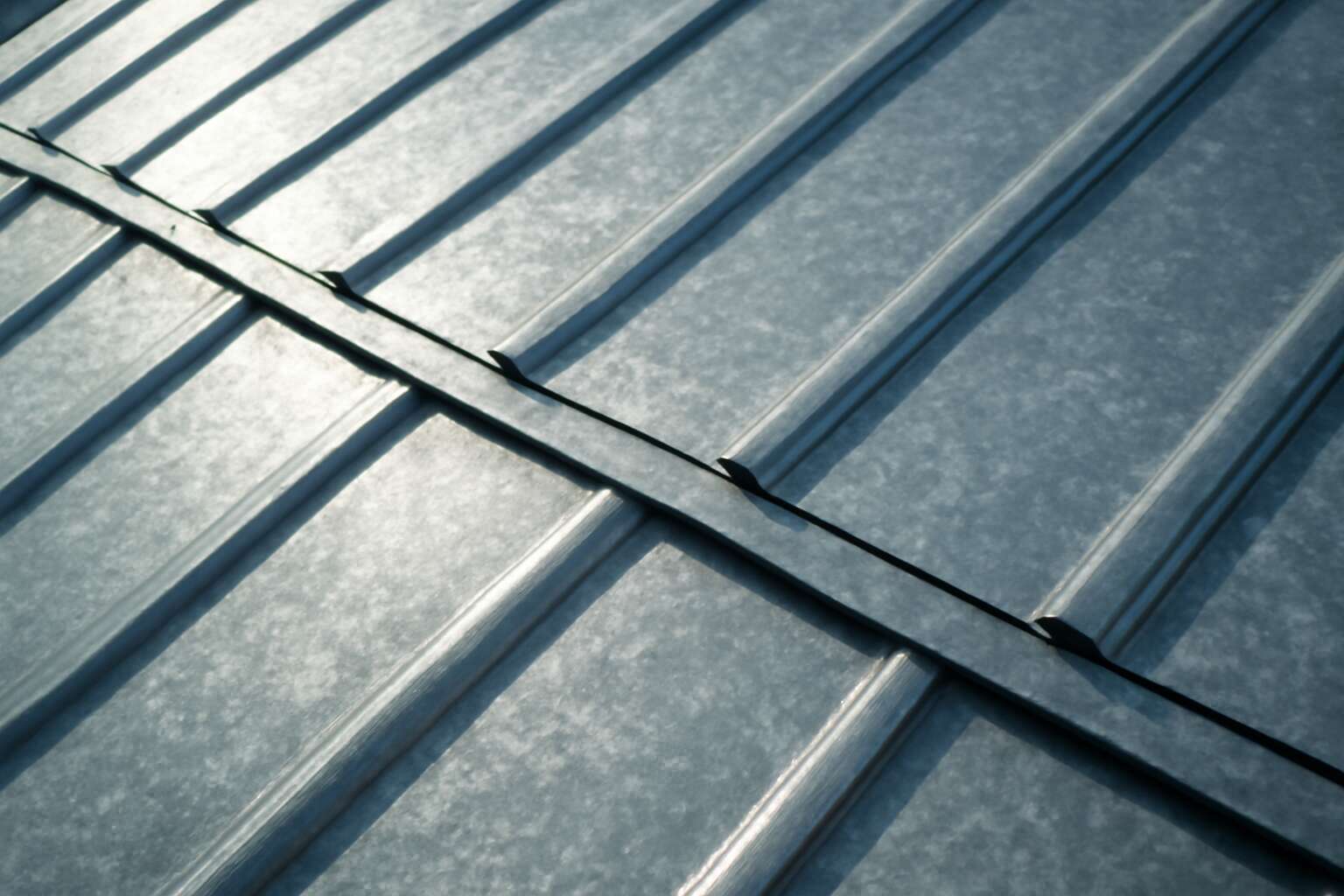Comprehensive Guide to Roof Sheet Overlaps
Section 1: Overview of Overlaps
Storms test the seams; the luck of a dry room hinges on overlaps that behave under pressure. Comprehensive Guide to Roof Sheet Overlaps — Section 1: Overview of Overlaps opens with this truth: rain tests every seam, and a neat overlap acts like a shield. In South Africa’s diverse climate, careful roof sheet lapping keeps roofs dry and days brighter across towns from Cape Town to Polokwane. The overview reveals how overlaps form a quiet line of defense along ridges and eaves, inviting a closer look at the craft.
- Weather-smart alignment
- Material longevity through corrosion resistance
- Ventilation and drainage interplay
Beyond the science, the art lies in alignment and seal; compact, staggered laps endure wind and sun with quiet resolve. In South Africa, the right choices honour local materials and storm rhythms, guiding the eye along clean lines toward a durable, elegant roofscape that feels trustworthy as it looks.
Section 2: Materials and Profiles for Overlaps
Material melodies fuse with the roof’s heartbeat in Section 2, where roof sheet lapping meets the anatomy of profiles. Galvanised steel, aluminium, and colour-coated steels mingle with trapezoidal and box rib forms to tame South Africa’s sun and gusts. Coatings—polyester and PVDF—shield against corrosion, while gauge and thickness tune stiffness and seam behavior. The right blend whispers reliability along ridges and eaves, turning weather into a measured rhythm rather than a roar.
Beyond raw strength, Section 2 invites a closer look at profiles and how they handle overlaps. The art lies in matching a material’s flexibility with a profile’s bite, so lapping remains seamless under pressure. Consider these building blocks:
- Galvanised steel (Zincalume) in trapezoidal profiles
- Aluminium or aluminium-zinc alloys for lighter, corrosion-resistant options
- Pre-painted steels with PVDF or polyester finishes for colour and durability
Section 3: Installation Techniques for Overlapping Roof Sheets
Across South Africa, roughly 2,000 hours of sunshine fuse with every year, turning roof sheet lapping into a stage where sun and wind audition their lines. Section 3 invites installers to translate theory into installation techniques for overlapping roof sheets—craft that holds fast and breathes with the weather.
Move the leap from pages to practice: align edges along the ridge and eave, choose seam-friendly fasteners, and employ sealants or closure strips that whisper. A thoughtful lap breathes with every gust, guiding water away from the deck and into calm, confident zones.
Consider these essentials for precise execution:
- Edge alignment verified with a straightedge
- Material-compatible sealants and closure strips
- Fastening pattern matched to profile and wind exposure
Section 4: Weatherproofing and Maintenance of Overlaps
South Africa’s sun isn’t shy; it delivers about 2,000 hours of brightness each year, turning any roof into a sunlit stage. When weatherproofing, that translates to keeping water out while allowing the metal to breathe. In other words, overlaps need to look confident in heat and wind.
This section, Weatherproofing and Maintenance of Overlaps, treats the topic like a long-running duet between weather and sheet metal. The aim is consistent performance under sun, rain, and the occasional veld wind—without creaks or leaks—thanks to mindful detailing in roof sheet lapping.
Consider these factors that shape performance (no tips, just awareness):
- Sealer compatibility with SA climate
- Closure strips and seam integration
- Expansion gaps and wind exposure
Durability is a marriage of design and diligence; with roof sheet lapping, the horizon stays clear and the deck dry. The science is practical, yet the poetry sits in how joints whisper in a storm.




0 Comments